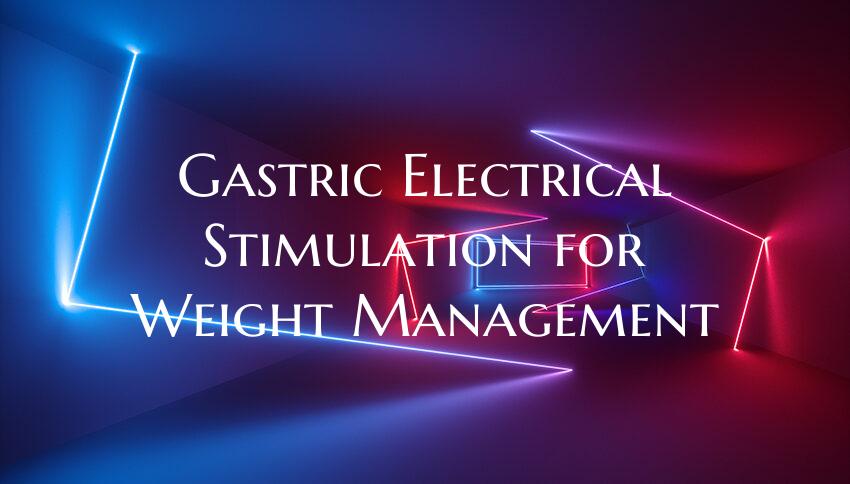Gastric Electrical Stimulation for Weight Management
Introduction: Gastric electrical stimulation (GES) is a novel approach in the field of weight management that has gained significant interest in recent years. This non-invasive technique involves the use of electrical impulses to regulate stomach function and potentially aid in weight loss. In this article, we explore the concept of GES and its potential benefits for individuals looking to manage their weight effectively.
Understanding Gastric Electrical Stimulation: GES works by targeting the nerves in the stomach and influencing their signals to the brain, which can result in feelings of fullness or satiety. By modulating these signals, GES may help individuals control their appetite and reduce the amount of food they consume. This can lead to a lower calorie intake and, consequently, weight loss over time.
Benefits of Gastric Electrical Stimulation: One of the primary benefits of GES for weight management is its non-invasive nature. Unlike traditional weight loss surgeries, such as gastric bypass or sleeve gastrectomy, GES does not require any alterations to the anatomy of the stomach. This makes it a potentially attractive option for individuals seeking a less invasive approach to weight management.
Moreover, GES is a reversible procedure, meaning that individuals can choose to discontinue treatment at any time without permanent consequences. This flexibility can be reassuring for those who are hesitant about more permanent weight loss interventions.
Additionally, GES has shown promising results in clinical studies, with some research indicating significant weight loss in individuals following treatment. Combined with lifestyle modifications, such as a healthy diet and regular exercise, GES can be a valuable tool in achieving and maintaining weight loss goals.
Considerations and Future Directions: While GES holds promise as a weight management intervention, it is essential for individuals to consult with healthcare professionals before undergoing treatment. Not everyone may be a suitable candidate for GES, and a thorough evaluation of medical history and overall health is necessary to determine the appropriateness of this approach.
As research in the field of GES continues to evolve, future directions may include refining the technology to optimize results and exploring its long-term efficacy and safety. Ongoing studies are essential to better understand the mechanisms of GES and its potential impact on weight management in different populations.
Conclusion: Gastric electrical stimulation offers a promising avenue for individuals looking to manage their weight effectively. With its non-invasive nature, reversibility, and potential benefits, GES can be a valuable addition to the array of weight loss interventions available. By working closely with healthcare providers and adopting a comprehensive approach to weight management, individuals can harness the power of GES to achieve their desired health goals.

